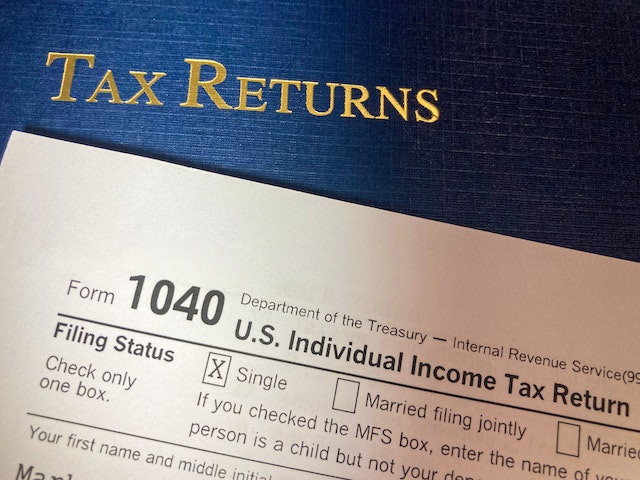The United States Internal Revenue Service (IRS) is renowned for its traditional approach to tax filing, with piles of paper forms and long queues at tax offices being a familiar sight. However, the IRS is finally stepping into the digital age, with a major announcement that promises to simplify the tax filing process for millions of Americans. Starting from the 2024 tax season, the IRS will allow taxpayers to submit their tax documents entirely online, embracing a full digital document submission system. This initiative is set to revolutionize the way taxpayers interact with the IRS and brings numerous benefits for both taxpayers and the IRS itself.
Benefits of Full Digital Document Submissions:
- Streamlined Filing Process: Gone are the days of printing and mailing paper forms. With the new digital system, taxpayers can conveniently submit their tax documents from the comfort of their homes, eliminating the need for physical paperwork and reducing the risk of documents getting lost in transit.
- Faster Processing: Digital submissions mean quicker processing times. The IRS can instantly receive and process documents, reducing the time it takes to issue refunds or respond to queries.
- Improved Accuracy: Manual data entry can lead to errors in tax returns. The digital document submission system can validate information in real-time, reducing the likelihood of mistakes and potential audits.
- Environmentally Friendly: By transitioning to a digital platform, the IRS contributes to environmental sustainability by reducing paper usage and minimizing its carbon footprint.
- Enhanced Security: The IRS is prioritizing data security to safeguard taxpayers’ sensitive information. The digital submission system will implement robust encryption and other security measures to protect personal data.
Preparing for Digital Document Submissions: As the 2024 tax season approaches, taxpayers need to be prepared for the shift towards digital submissions. Here are some steps to ensure a smooth transition:
- Create an Online Account: Taxpayers who do not have an existing IRS online account should create one. This account will be the gateway for accessing the digital document submission system.
- Gather Digital Documents: Ensure all tax-related documents, such as W-2s, 1099s, and receipts, are available in digital formats. Scan any paper documents and store them securely on your computer or cloud storage.
- Stay Informed: The IRS will provide updates and guidelines on how to use the digital submission system effectively. Stay informed about any changes or requirements to avoid potential issues during tax filing.
Addressing Concerns: With any major change, there might be concerns from taxpayers. Some common concerns about full digital document submissions include:
- Data Security: As taxpayers submit sensitive information online, data security becomes a top priority for the IRS. However, the agency is investing in advanced security measures to protect personal data and prevent unauthorized access.
- Accessibility: Not all taxpayers may have easy access to the internet or digital devices. To address this, the IRS will continue to offer alternative methods of tax filing for those who may prefer or require them.
Conclusion: The US IRS’s decision to implement full digital document submissions for the 2024 tax season marks a significant step forward in embracing technology to simplify and enhance the tax filing process. With streamlined filing, faster processing, and improved accuracy, taxpayers can look forward to a more efficient experience. The IRS’s commitment to data security ensures that personal information remains protected throughout the digital transformation. As the tax season approaches, taxpayers should prepare by creating online accounts and digitizing their tax documents to make the most of this new era of tax filing convenience.












